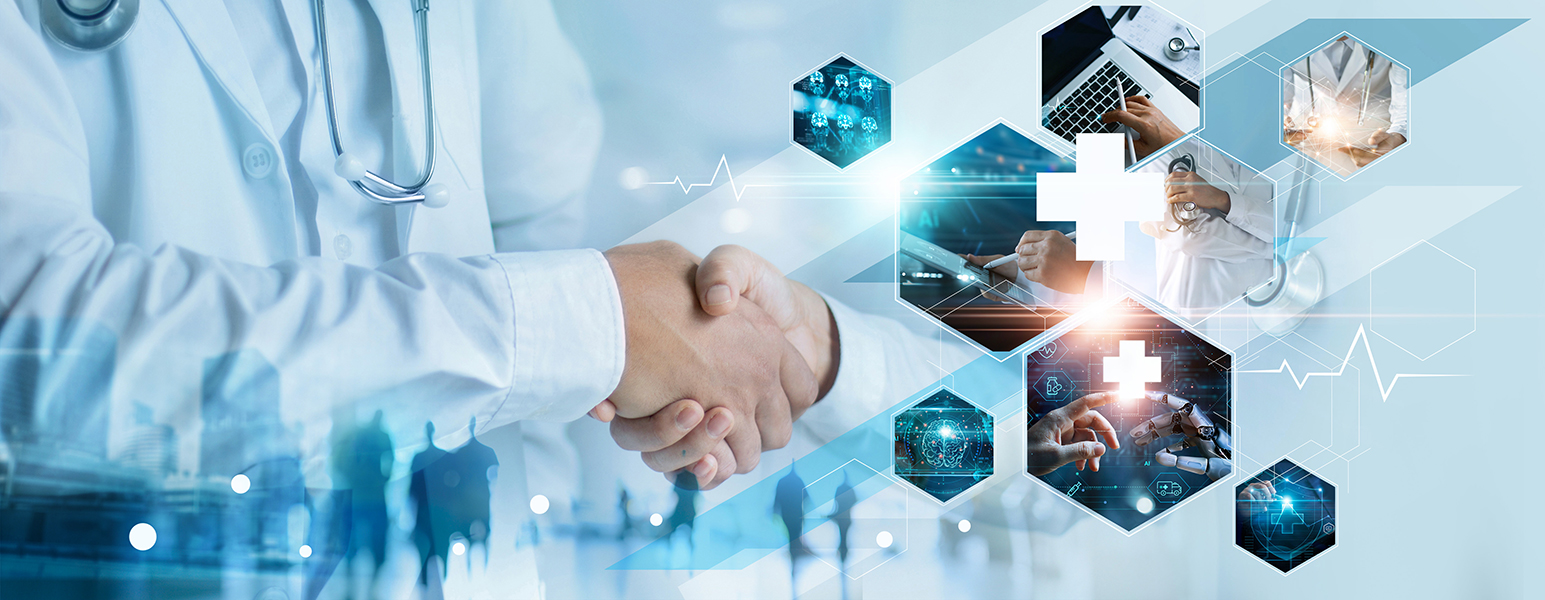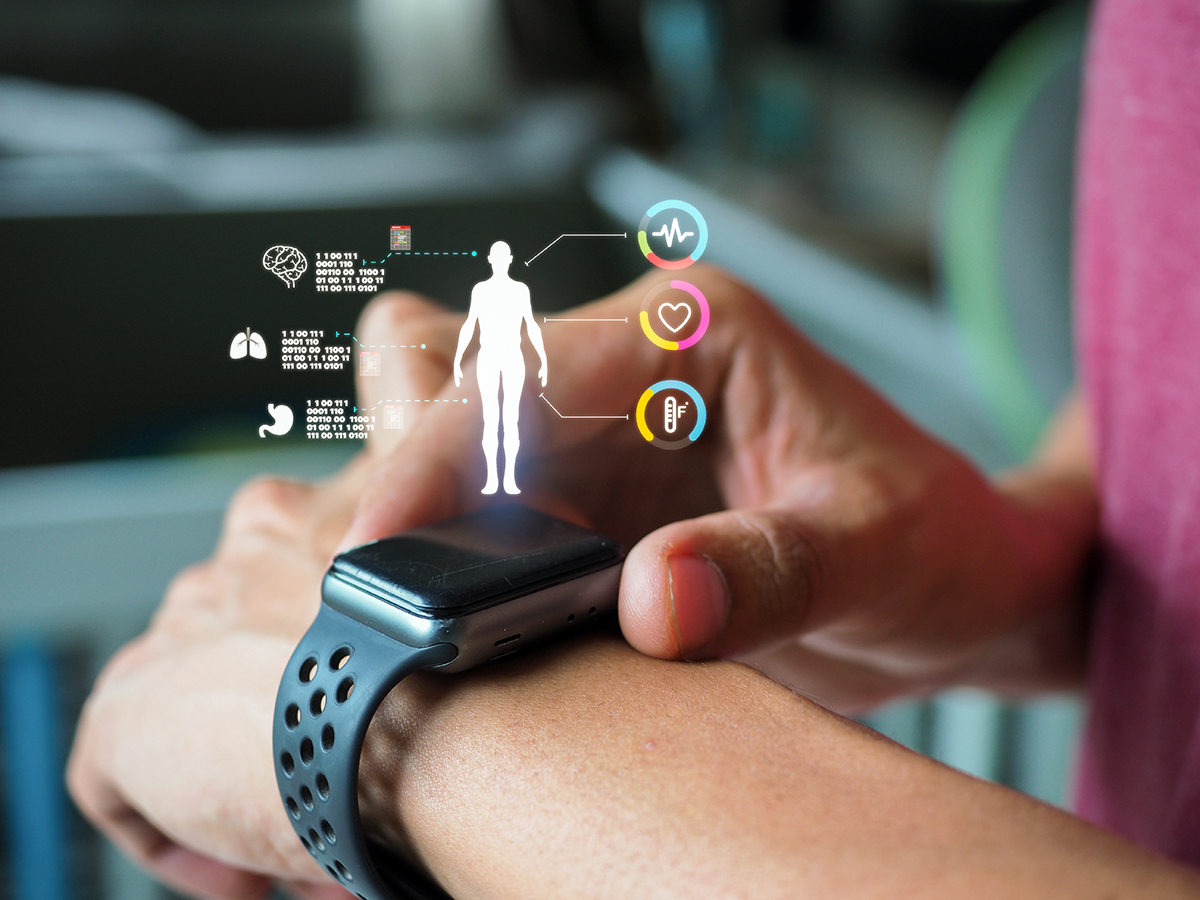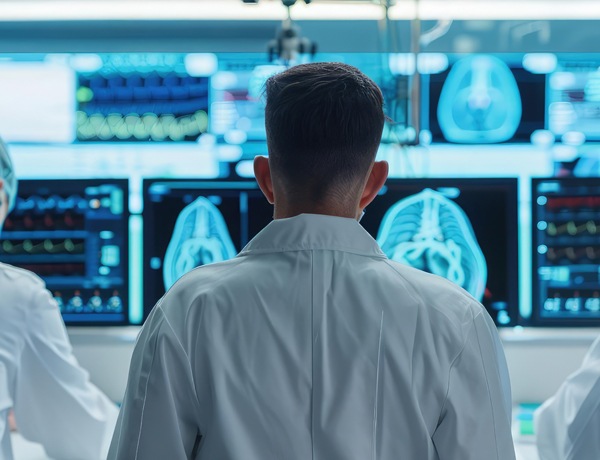
3 Ways Digital Twins Improve the Lives of Healthcare Payers

The idea of a digital twin is not a new concept. In fact, it dates back to the 1960s when researchers in AI first coined the term. This is when NASA and other space agencies were already using virtual simulations and models to understand and predict conditions in space. These early digital twin simulations were all about evaluating how spacecrafts would perform and assessing the impact of the space environment on Apollo 13 astronauts.
Fast forward to today, the concept has evolved and is put in practice in various industries including healthcare and life sciences. With the rise of the Internet of Things (IoT) and advancements in technology, we can now create super detailed digital twins with real-time data from connected devices. No wonder Gartner predicts the digital twin market to exceed $180 billion by 2026, with more than 50% of the organizations employing the solution.
In the context of healthcare, a digital twin refers to a digital representation of a patient, clinical workflow, or a specific process. The aim of a digital twin is to provide real-time insights and optimize various aspects of healthcare delivery. Digital simulations of a patient’s physiological characteristics can aid physicians in medical decision-making and treatment planning.
Some of the digital twin use cases even have the potential to revolutionize healthcare delivery. For example, in surgical planning, digital twins can facilitate surgeons to visualize patient’s anatomy, test different surgical approaches, and assess potential outcomes before performing the actual procedure. The critical issue though is that the current technology is sadly immature in this regard and it’s important to recognize its limitations. The human body is extremely complex, and while digital twin technology has made great strides in simulating certain aspects of anatomy and physiology, it is not yet advanced enough to fully capture all the nuances of our biological system. The technology is at least 5 years away from being 5 years away!
This is why, amidst the ever-increasing hype around digital twins, it is critical to understand its limitations, and focus on the more feasible, reasonable, and near-term applications of technology. One such area is for healthcare payers.
3 Ways Digital Twins Improve the Lives of Healthcare Payers:
Healthcare payers are facing increasing pressure to comply with CMS regulatory mandates and adopt value-based care models. Digital twin technology can play an important role in meeting these challenges. CMS mandates, such as the Medicare Access and CHIP Reauthorization Act (MACRA), require payers to focus on reducing healthcare costs while improving patient outcomes. Digital twin technology can help payers meet these requirements and optimize costs and payouts, while being compliant to government mandates.
Here are some of the ways digital twins can help:
1. Personalized care: The technology provides a comprehensive view of an individual’s health, allowing healthcare payers to better understand their unique needs and risks. This information can be used to develop personalized care plans and improve the quality of care for each patient. Digital twins can be used to monitor patient progress over time and identify and address any issues early on. This can help improve patient outcomes and reduce the risk of adverse events
2. Claims process optimization: Digital twins can monitor the claims process in real-time and identify bottlenecks or areas for improvement. This involves creating a digital twin model of the claims process that accurately reflects the current adjudication process and includes all relevant variables and relationships. Employing digital twins in workflow optimization is one of low-hanging, time-tested use cases (already employed in most other industries) that allows for more efficient and effective process optimization with minimal disruption to existing operations
3. Cost management: With the percentage of US GDP spend in healthcare reaching almost 20%, any solution that promises to reduce costs is worth exploring. The Pharmacokinetics (PK) models of digital twins can help reduce costs by providing insights on how drugs are uniquely absorbed, distributed, metabolized, and excreted by the body. The individual differences owing to one’s physiology and genome are the key to creating personalized care pathways. By using digital twins to evaluate the effectiveness of treatment plans, healthcare payers can avoid costly and ineffective treatments
Data: The Key to Digital Twin Implementation for Payers
When it comes to implementing digital twins, data is the single most critical factor because it serves as the foundation for creating accurate and effective digital representations. Without accurate data, a digital twin cannot reasonably reflect the real-world processes it is meant to model, leading to incorrect results and ineffective optimizations.
In the context of healthcare payers, that would mean integrating the following types of data, to create a more complete picture of a person’s health and well-being:
- Clinical and imaging data: Refers to data generated by patient interactions with the healthcare ecosystem. This includes the electronic health records, imaging, labs and investigations, pharmacy refill requests, health insurance claims, etc.
- Device and wearable data: The type of data that can include information on physical activity levels, heart rate, sleep patterns, and other biometric readings gathered by wearable devices. It is considered valuable as it can provide real-time insights into a person’s health and wellness. More than 60% of the data that has meaningful impact on a patient’s health resides outside of the traditional electronic health record. And this proportion is rapidly increasing with the rise in wearables adoption and device generated data
- Social determinants of health data: Social determinants of health (SDOH) refer to the non-medical factors that can impact an individual’s health and well-being. Digital twins that incorporate SDOH data along with the traditional sources of clinical data can help healthcare payers address the root causes of health disparities by providing a more accurate representation of patients’ lives and circumstances beyond just their medical history
Use Case – Digital Twin in Action
Let’s imaging the following case of Sophia, a 55-year-old woman with type 2 diabetes. She is a Medicaid beneficiary from the state of Florida and is participating in a payer driven healthcare program that incorporates a digital twin to track her health and monitor her progress. Sophia’s digital twin is created using a combination of data sources, including:
- Sophia’s medical records, which include her diagnosis of type 2 diabetes, her medication history, and her results from routine blood sugar and HbA1c tests (clinical data)
- Data from Sophia’s wearable device, which tracks her physical activity and blood sugar levels in real-time (device data)
- Data collected through surveys and interviews with Sophia, which includes information about her lifestyle, diet, family history, and socioeconomic status (SDOH data)
The digital twin provides a comprehensive and up-to-date view of Sophia’s health status and allows her healthcare team, as well as her healthcare payer, to make informed decisions about her treatment plan. For example, the digital twin reveals that Sophia has a sedentary lifestyle and frequently consumes sugary snacks, which may be contributing to her high blood sugar levels. The digital twin also shows that Sophia lives in a low-income neighborhood with limited access to healthy food options.
Based on these insights, Sophia’s healthcare payer can develop a more personalized health plan that addresses both her diabetes and the underlying social determinants of her health. This includes:
- Coverage for diabetes management: Based on Sophia’s diabetes diagnosis, her healthcare payer may recommend a health insurance plan that includes coverage for diabetes management, including access to glucose monitoring devices, prescription medications, and regular visits with a diabetes specialist
- Coverage for healthy lifestyle programs: Given the digital twin’s insight into Sophia’s sedentary lifestyle and limited access to healthy food options, her healthcare payer may recommend a health insurance plan that includes coverage for healthy lifestyle programs, such as weight management programs and nutrition counseling
- Coverage for chronic disease management: Sophia’s healthcare payer may also recommend a health insurance plan that includes coverage for chronic disease management, as type 2 diabetes is a chronic condition that requires ongoing monitoring and management with greater risk of other comorbidities including retinopathies and renal failure
- Cost-effective coverage: The digital twin can also be used to determine the most cost-effective health insurance plan for Sophia, considering her specific health needs, her financial situation, and her ability to pay
By enrolling in a health insurance plan that covers her diabetes management, healthy lifestyle programs, and chronic disease management, Sophia can have peace of mind that she is getting the care she needs to manage her health.
The Potential of Digital Twins for Payers
By using digital twin technology, healthcare payers can gain a better understanding of their populations, identify areas of inefficiency, and make data-driven decisions that optimize costs. Looking ahead, it’s safe to say that the use of digital twins in healthcare is only going to grow, which means better outcomes for patients and more efficient healthcare overall.
As an AWS Life Sciences Competency Partner, Apexon can Make digital ideas a reality for healthcare organization – smarter, faster and with less risk. Apexon provides end-to-end application development and engineering — specifically for today’s digital environment. We support the entire digital development lifecycle and provide industry-relevant solutions backed by deep domain and tech expertise. To learn more, check out Apexon’s AWS Life Sciences partnership, Digital Engineering services, and healthcare expertise.
Also read: Security Testing for Wearables: Protecting Your Data on Your Wrist




